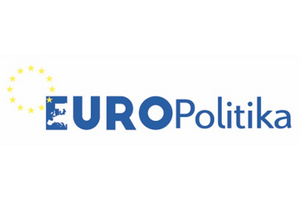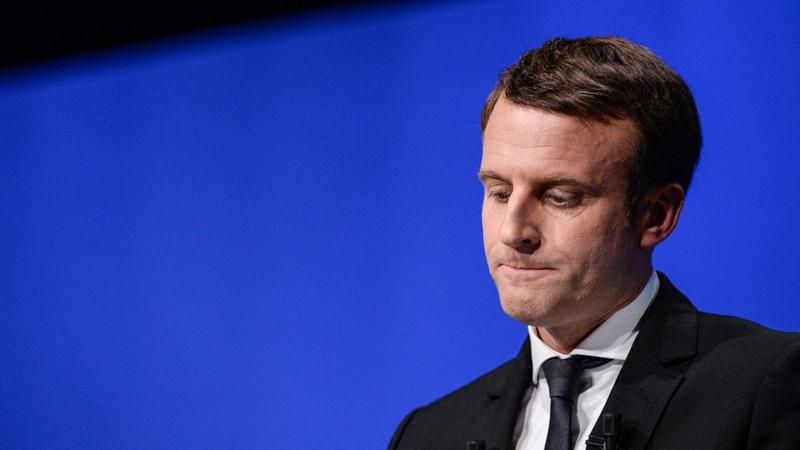Abstract
Culture, which is an element related to identity, plays an important role in the construction process of identity. Cultural elements determine the identity built by societies. The EU draws attention to its multicultural structure. With 27 countries coming together to form a supranational structure, many different cultures and identities have also come together under the umbrella of the EU. Today, the EU, which adopts the approach of balancing the common interests of the member countries, respecting national differences and strengthening different identities, aims to increase the familiarity of the citizens of the member countries to each other’s cultures and histories, thereby creating a multicultural environment. The aim of this study is examine the effects of culture and identity on EU enlargement.
INTRODUCTION
Identity is one of the fundamental components that forms a society. In Europe, it is noteworthy that the definition of identity is not structured on a single basis within the framework of periods and thoughts but is shaped according to the necessity of the period. In this framework, identity, which also affects European integration, played an important role in the formation and deepening of the European Union. The European Union, a supranational structure formed by 27 countries, most of which have historical ties, with common values, tries to realize the idea of a single society by carrying out policies in the context of “Europeanness”. Within the framework of multicultural values, European identity affects EU policies and it is the subject to many studies.
Culture, which is an element related to identity, plays an important role in the construction process of identity. Cultural elements determine the identity built by societies. The EU draws attention to its multicultural structure. With 27 countries coming together to form a supranational structure, many different cultures and identities have also come together under the umbrella of the EU. Today, the EU, which adopts the approach of balancing the common interests of the member countries, respecting national differences and strengthening different identities, aims to increase the familiarity of the citizens of the member countries to each other’s cultures and histories, thereby creating a multicultural environment.
The aim of this study is examine the effects of culture and identity on EU enlargement. In this context, first of all, the concepts of identity, culture and European identity will be explained to the reader and the historical transformation of the European identity will be discussed, then, due to the multicultural structure of the EU, the culture and the identities of these countries from 6 of them to 27, are taken into consideration. The effect of identity will be discussed. The effects of the culture and identities of the candidate countries experienced during the enlargement processes examined in periods will be analyzed.
In the last part, within the framework of the member countries of the community, which reached 27 countries by considering EU citizenship, an answer to the effect of culture and identity on coexistence will be sought by addressing EU loyalty. In this context, the literature review method will be used in the study, and evaluations will be made in light of the data in the survey studies.
- Identity, Culture, and European Identity
a) Identity
Identity can be defined as one’s self-attributed characteristics and adaptation to social roles (Hesapçıoğlu and Topsakal, 2007:85). In the dictionary, identity “is the continuous and principal attribute that makes up a person’s or a group’s individuality, makes them distinguishable and self-aware” (Grand Larousse, 1992:6780). National identity, on the other hand, came about after the French Revolution. With the appearance of nation-states, religious and ethnic identities lost their former functions, and national identity gained importance. Instruments that helped unification under national identity then became national language and culture (Şimşek and Ilgaz, 2007:193-194).
One’s political identity can be defined as their willingness to belong to political groups or structures. (Bruter, 2005:1). The primary function of identity is to differentiate an individual or a group from another. For this reason, identity is made up of two different concepts; I/us and others. These concepts make up identity by completing each other. When individuals describe themselves, they also list the features that separate them from others. Thus identity, while defining “us” positively with the features and values it consists of, also defines “us” negatively as “not other”. Both concepts can be found in defining Europe and European identity (Şen, 2004:13). The concept of the other underlying the concept of identity is an important factor since it reflects both similarities and differences. The EU’s identity reflects not only the relations between the member states, but also the relations with the “others”.
According to Stuart Hall, identity is examined in three categories. Individual, relational and social. The unique identity that distinguishes a person from others is called individual, the identity obtained by positions, roles are relational, and the identity that can be associated with large communities is called social (collective) identity (Uluağlı, 2020: 113).
b) Culture
Identity is associated with culture by nature. For this reason, what culture is and its varieties play a role while identifying and categorizing identity. Culture, which is unique to societies, passed down by generations and reflects its historical system, is analyzed under two titles: rigid and flexible in itself. In Erdenir’s words, rigid culture is a fixed, deductive, holistic, non-questionable, and conservative culture. Rigid culture adopted by inheritance of social memory and includes elements such as religion, language, ethnicity, and nation. Flexible culture is a kind of culture that is variable, inductive, does not exclude other communities, tolerant, adopts experiential, dynamic, open to change, and supports differences. Flexible culture; includes elements such as political values, justice, and human rights (Erdenir, 2010: 16-22).
When the idea of Europe is analyzed, it can be seen that the process that started with rigid cultural elements has evolved towards a flexible culture. In this context, the EU aims to create a structure that abandons the rigid culture and represents a flexible culture. However, as can be seen in the next chapters, European societies, which cannot give up on the rigid culture attributed to national identity, have avoided adopting the flexible culture and supranational identity.
Makalenin tamamını okumak için DergiPark sayfamızı ziyaret edebilirsiniz.
Beril HAKVERİR | Ph.D. Candidate,
Dokuz Eylül University | Institute of Social Sciences









